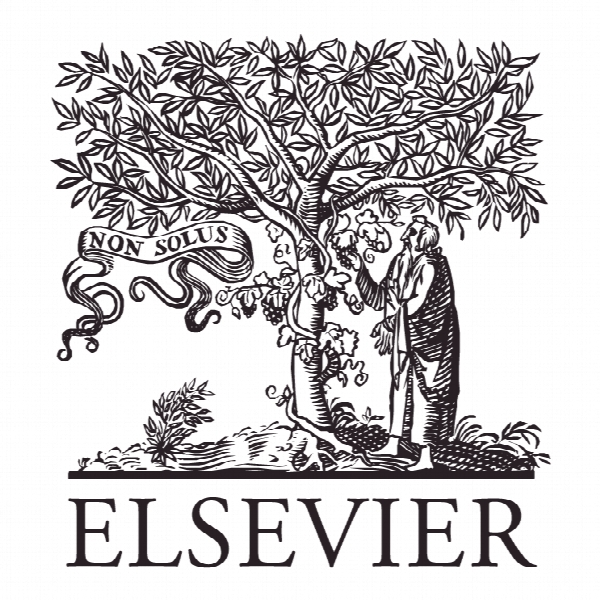تعادل ظرفیت جذب و نوآوری باز درون مرزی برای عملکرد نوآورانه پایدار: یک دیدگاه مبتنی بر توجه Balancing absorptive capacity and inbound open innovation for sustained innovative performance: An attention-based view
- نوع فایل : کتاب
- زبان : انگلیسی
- ناشر : Elsevier
- چاپ و سال / کشور: 2017
توضیحات
رشته های مرتبط مدیریت
گرایش های مرتبط مدیریت کسب و کار MBA
مجله مدیریت اروپایی – European Management Journal
دانشگاه گروه مدیریت،دانشکده کسب و کار، کره، جمهوری کره
نشریه نشریه الزویر
گرایش های مرتبط مدیریت کسب و کار MBA
مجله مدیریت اروپایی – European Management Journal
دانشگاه گروه مدیریت،دانشکده کسب و کار، کره، جمهوری کره
نشریه نشریه الزویر
Description
1. Introduction A fundamental aspect of innovation is “making novel linkages and associations” (Cohen & Levinthal, 1990: 133; also Nelson & Winter, 1982; Schumpeter, 1934). Increasingly, innovation and strategy scholars emphasize the making of “novel linkages and associations” that transcend the boundaries of the firm (e.g., Chesbrough, 2003). Thus, successful innovation performance is increasingly seen to involve the recognition of external sources of potentially valuable knowledge, the transfer of such knowledge into the firm and the deployment of it in the context of innovation, perhaps in continued cooperation with external knowledge sources (Foss, Lyngsie, & Zahra, 2013). (Foss, Lyngsie, & Zahra, 2013). In spite of an increasing and widespread emphasis in research and managerial practice on such “inbound open innovation (i.e., the knowledge sourcing aspect of open innovation)”, the “benefits to openness are subject to decreasing returns” (Laursen & Salter, 2006, p. 132). Too much openness results in a negative impact on the firm’s long-term innovation success, because attention is allocated too “thinly” and control over core competences is easily lost (Enkel, Gassmann, & Chesbrough, 2009; Laursen & Salter, 2006). At the same time, closed innovation has many weaknesses, in particular the difficulty for this model of keeping up with an increasing speed-ofinnovation-time (Chesbrough, 2003). Therefore, Enkel et al. (2009) advocate simultaneous investment in closed as well as open innovation activities, that is, simultaneously leveraging internal as well as external knowledge sources in the context of innovation. However, the right balance between internal and external sources of innovation is an important issue which has not yet been satisfactorily addressed, framed and answered in the research literature (Dahlander & Gann, 2010). “Balance” may be formally defined as the combination of internal and external sources that will maximize the firm’s rent-stream from innovation over time. We approach this important issue from the point of the allocation of attention (Ocasio, 1997). Innovation requires directing attention to the sources of innovation, because attention precedes the deployment of assets, actions and investments to innovation opportunities (Leiponen & Helfat, 2010). A firm’s attention is a limited resource that can only be allocated to a relatively small number of innovative ideas at the same time (March, 1991; Ocasio, 1997). Absorptive capacity (henceforth, AC) d defined as the “ability to recognize the value of new information, assimilate it, and apply it to commercial ends” (Cohen & Levinthal, 1990, p. 128) d is a critical component influencing the relationship between openness and innovative performance by organizing open innovation activities (Laursen & Salter, 2006). We frame AC as an attention-directing and action-generating capability which applies to knowledge held externally to the firm as well as to knowledge held internally.1 This helps us address our overall research questions, namely why a balance between open and closed innovation is important and how such a balance may be brought about.


